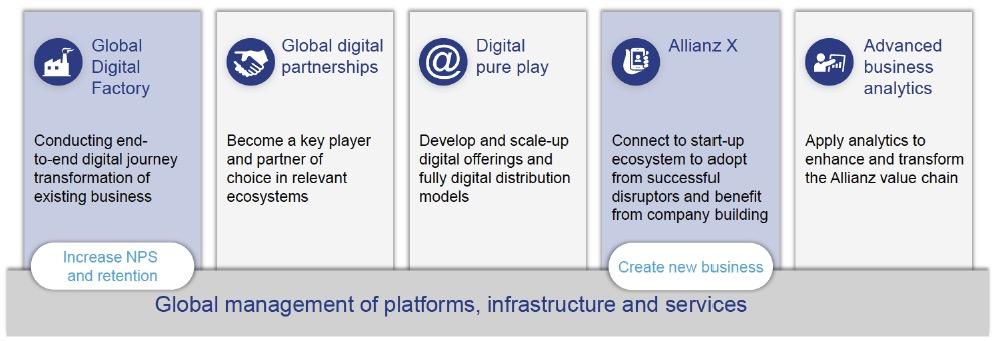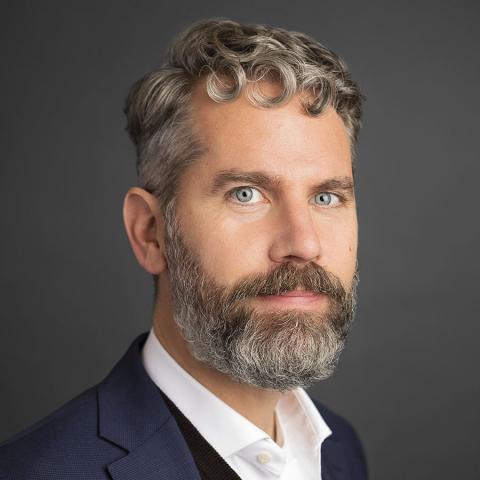COEVOLVING WITH AN AGENDA
Coevolution occurs when two or more genetically unrelated species reciprocally affect each other’s evolution as they interact with each other in their environment.[foot]Douglas J. Futuyma and Montgomery Slatkin, Coevolution (Sunderland, MA: Sinauer Associates, 1983).[/foot] A common example of coevolution is fruit-eating birds and the plants that generate the fruits they eat for nourishment. Plants have evolved to make it easier for birds to find their fruit and facilitate seed dispersal, and the behavior and diets of the birds have responded to those changes.
Several of the CIOs that we spoke to were recognized by their peers as especially accomplished. Although none of them used the label “coevolution” to describe their approach to digital, the majority emphasized that the organization must be capable of continuously changing with the increasingly dynamic needs of its customers. None would claim to have yet found the answer as to how to organize for digital. These CIOs see themselves on a journey of continuously trying things, assessing the impacts and adjusting accordingly. The process put in place by a CIO from a global energy company involves setting “some simple key levers, [let them] start to work, and then make adjustments during the journey [based on] what went well, what went wrong.”
If alignment is focused on developing a plan for implementation of technology, coevolution is more about creating an agenda for persistent engagement with customers and the ecosystem. Strategic agendas frame the “rules of the game” for testing and learning.[foot]N. O. Fonstad and J. W. Ross, “Learning How to Test and Learn,” MIT Sloan CISR Research Briefing, Vol. XVIII, No. 2, February 2018.[/foot] While the items on this agenda remain constant over long periods, the conversations taking place within each item evolve continuously. With an overall vision for digital, the CIO of a UK property company referred to this agenda as providing “freedom within a framework,” guiding learning in targeted areas.
COEVOLVING WITH CUSTOMERS AND ECOSYSTEMS AT ALLIANZ
The Allianz Group, the world’s largest insurer, is striving to coevolve with customers and selected ecosystems. In 2015, when Oliver Bäte took over as CEO, he established what he called the Renewal Agenda. Shifting from its former model of simply pushing traditional insurance products to customers, Allianz is creating an ecosystem of services with customers at its center.[foot]See “Digital” (presentation, Allianz Capital Markets Day, Munich, Germany, November 30, 2016), https://www.allianz.com/content/dam/onemarketing/azcom/Allianz_com/investor-relations/en/conferences/capital_markets_days/documents/16-11-30-CMD-2016-presentation.pdf.[/foot] This ecosystem consists of four segments: life/ health, mobility, smart home, and enterprise. The company’s vision is for Allianz to be the platform connecting customers and insurance services in these segments, becoming their partner for life.
To realize the Renewal Agenda, Allianz is undergoing significant transformation to leverage digital in increasing and as yet unforeseeable ways. A core transformation lever is to become “Digital by Default.” Simplified products and processes and the deployment of common technologies and platforms are key in the ongoing digitalization of the company.
To become digital by default, Allianz established five customer- and ecosystem-facing units, each focused on a distinct agenda item (see figure 1). In so doing, the company shifted responsibilities from the traditional IT function, but also created new mandates.


